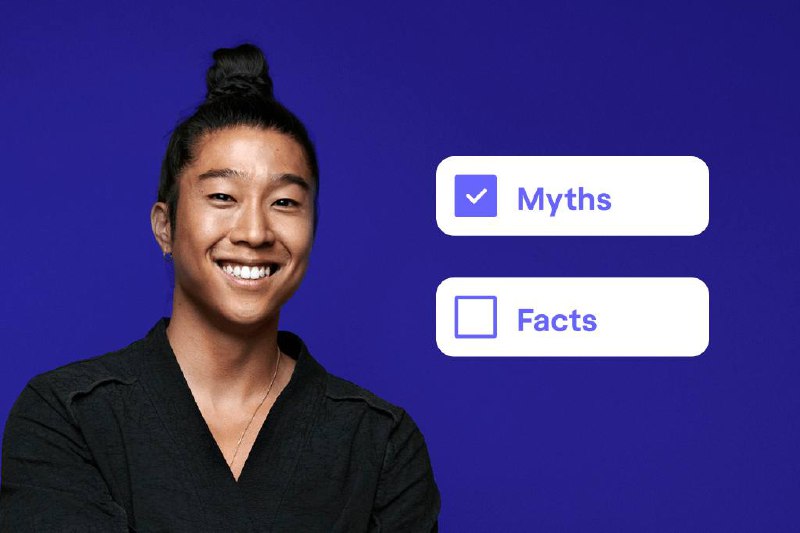✅ 5 Employee Misclassification Myths Debunked
#Freelance🔹 Myth 1: The Contract Determines Worker’s Status: “If I make it clear that this worker is a freelancer in the initial contract, I’m covered.” Many enterprises hire a new worker, and engage in a freelancer agreement or contract, assuming this has them covered.
Reality: Legal Standards Over Contractual Agreement
🔹 Myth 2: Part-time Workers are Always Contractors: “This worker only provides services a couple of days a week, so they are a contractor, not an employee.” It’s common to hear part-time workers called contractors, especially if they only work a very limited number of hours for your enterprise.
Reality: Part-time Status Doesn’t Determine Classification
🔹 Myth 3: If the Worker Agrees, Employee Misclassification Isn’t an Issue: “My worker is fine with being a freelancer, in fact they prefer it that way.” Freelancer misclassification rules were set up to protect independent contractors from enterprises that unlawfully hire them as contractors in order to avoid paying benefits such as sick leave, vacation pay, parental leave, and more.
Reality: Legal Consequences Regardless of Worker’s Agreement
🔹 Myth 4: Small Businesses are Exempt from Classification Rules: “I only hire a handful of workers. Classification rules don’t apply to me.” This myth probably stems from rules around providing health insurance and other benefits.
Reality: Classification Rules Apply to All Businesses
🔹 Myth 5: Remote Workers are Automatically Independent Contractors: “My workers live in another country! I never even see them. How can they be employees if they aren’t in the office?” The more control an enterprise has over the way an individual works, the more likely they are to be an employee rather than a freelancer.
Reality: Worker’s Location Doesn’t Determine Classification
💻 Source🛡 Powered
by V3V Ventures 
